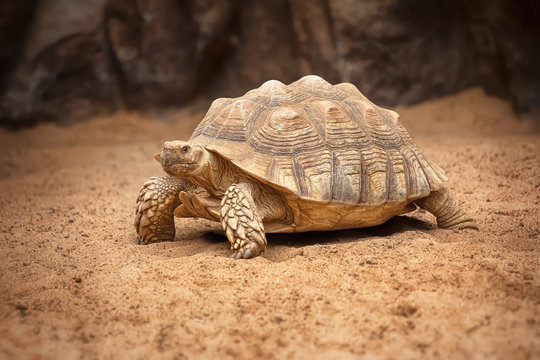Turtle vs. Tortoise: Key Differences Every Pet Owner Should Know🐢
- Iqra Shaikh
- 5 days ago
- 3 min read
Though turtles and tortoises belong to the same reptile family, they differ greatly in their environment, anatomy, and pet care needs. Understanding these differences can help new and experienced reptile enthusiasts choose the right companion — and provide the best possible care.
📌 What This Blog Contains
🌍 Habitat & Lifestyle Differences
Turtles are semi-aquatic or aquatic. They live in water bodies like ponds, lakes, or rivers and require access to land for basking.

Tortoises are land-dwellers. They need large, dry enclosures and don’t swim.

🏠 Turtles need tanks with water filters and basking areas, while tortoises need large, dry, ventilated terrariums.
🍃 Diet & Feeding Needs
Turtles: Omnivores. They eat aquatic plants, pellets, insects, fish, and occasionally fruits.
Tortoises: Herbivores. Their diet should include leafy greens, grasses, veggies, and limited fruits.
⚠️ Avoid high-protein or processed foods — these can harm their digestion.
🐚 Shell Shape & Physical Traits
Turtles: Streamlined, flat shells for swimming; webbed feet or flippers.
Tortoises: Dome-shaped, heavier shells; sturdy, elephant-like feet.
This physical distinction aligns with their lifestyles — swimmers vs. walkers.
🩺 Lifespan & Care Commitment
Turtles can live 20–40 years
Tortoises often live 50–100+ years
📅 Owning either is a long-term commitment that requires space, proper UVB lighting, and specialized diets.
🐢 Which Is Right for You?
Feature | Turtle | Tortoise |
Habitat | Water + Land | Dry Land Only |
Diet | Omnivore | Herbivore |
Lifespan | 20–40 years | Up to 100 years |
Maintenance Level | High (water care) | Moderate to High |
Ideal For | Aquatic setup lovers | Outdoor/land pet keepers |
👉 Choose a turtle if you're comfortable with water tank maintenance and filtration.👉 Choose a tortoise if you prefer a land-dwelling reptile with a long life span.
🐾 Final Thoughts
Turtles and tortoises may look similar, but they have drastically different care needs. Understanding their habitats, diets, and personalities helps create a safe and enriching environment for these fascinating reptiles.
💡 Pro Tip
Always research the specific species you're getting — not all turtles or tortoises have the same climate, size, or dietary needs!
📝 Summary
Turtles are aquatic, omnivorous, and need filtered tanks
Tortoises are land-based, herbivorous, and require dry enclosures
Shell shape and foot type reflect their lifestyle
Both need UVB lighting, warmth, and long-term commitment
Choose based on your space, time, and care capacity
❓FAQs for Turtles vs. Tortoises
1. Can turtles and tortoises live together?
No. They have different habitat needs and may stress or harm each other if housed together.
2. Do turtles smell more than tortoises?
Yes. Turtles require aquatic setups, and poor water hygiene can cause strong odors. Tortoises usually smell less if their enclosure is clean.
3. What size enclosure does a tortoise need?
Adult tortoises need at least 8 ft x 4 ft of space, preferably outdoors in a secure, warm area with shelter.
4. Do both turtles and tortoises need UVB light?
Yes. UVB lighting is essential for shell and bone health in both species, especially in indoor enclosures.
5. Are turtles or tortoises easier to care for?
Tortoises are generally easier in terms of setup, but they require space and a proper diet. Turtles need more maintenance due to water filtration.
👉Read next:
Also a fish parent?
Check out our ultimate fish care guide
Follow us on:



Commentaires